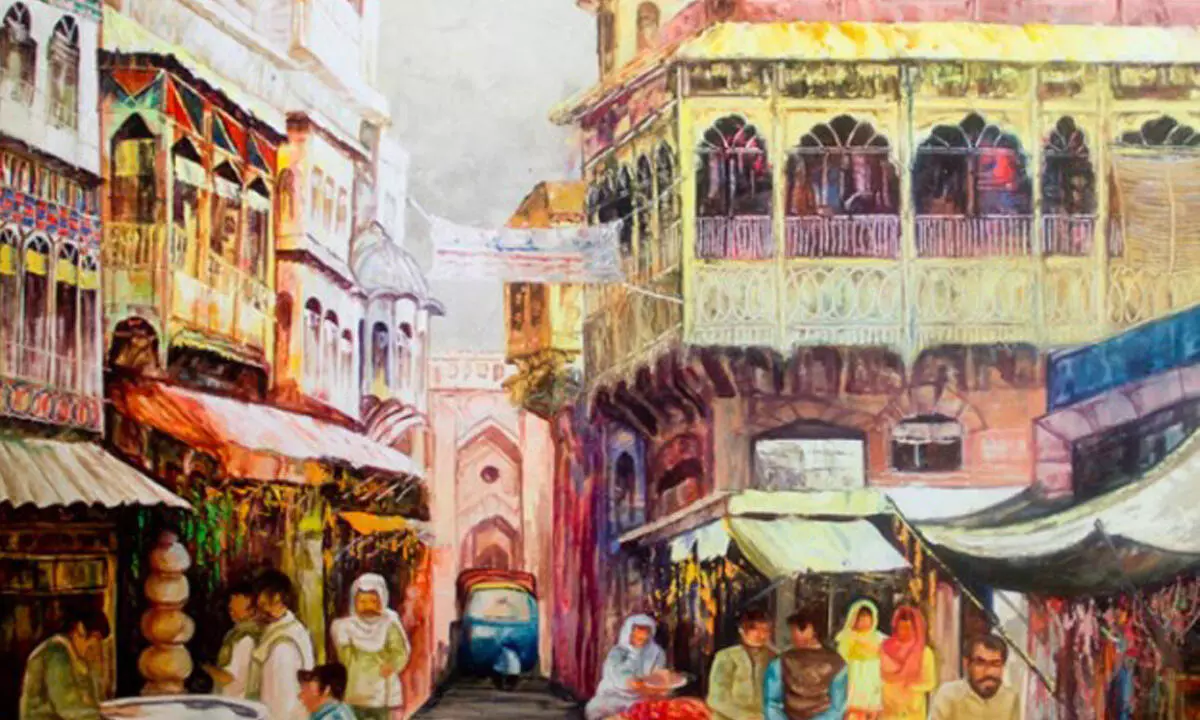Currently Empty: ₨ 0

Pakistan’s cultural heritage dates to more than 5,000 years ago, to the period of the Indus civilization. However, the emphasis on Islamic ideology has brought about a strong romantic identification with Islamic culture—not only that of the Indian subcontinent but of the broader Islamic world. Literature, notably poetry, is the richest of all Pakistani art forms; music and, especially, modern dance have received less attention. The visual arts too play little part in popular folk culture. Painting and sculpture, however, have made considerable progress as expressions of an increasingly sophisticated urban culture.
Pakistan shares with the other parts of South Asia the great Mughal heritage in art, literature architecture, and manners.
- Abdur Rahman Chughtai (1894–1975) enjoyed a long and productive career and stands out as the first prominent modern Indian Muslim artist. In 1920s, under the influence of poet Muhammad Iqbal’s pan-Islamic ideas, he started basing his paintings on consciously Islamic and Mughal aesthetics. His influential publication – Muraqqa’-i Chughtai (published in 1928) that illustrates the poetry of Mirza Ghalib – marks this shift.
- His early paintings are set outdoors or in simple architectural frames, illustrating Hindu mythological figures. By contrast, his later paintings are set in arabesque interiors in which female figures are covered in elaborate, stylised layers of clothing.
- Zainul Abedin, one of the best-known artists at the birth of Pakistan, played a key role in promoting art across the country, especially in East Pakistan.
- Zubeida Agha’s solo exhibition of provocative “ultra-modern” paintings in 1949 “fired the first shot”, as noted a critic who marked it as a key event in the emergence of modernism in the country. She was Pakistan’s first properly modernist painter.
Pakistani artists wanted to present themselves as modern according to international standards, and adopted styles popular in the United States and Europe; but they also began experimenting with native traditions to see how these could be adapted.
Today, Pakistan has an unusually high ratio of female artists due to the fact that the art industry has not traditionally been viewed as a lucrative business by men. In the past, creatively-inclined men in Pakistan have focused more on fields of advertising or illustration, leaving the art field open to women. Modern Pakistani female artists continue to impress not only their country, but the entire world.


